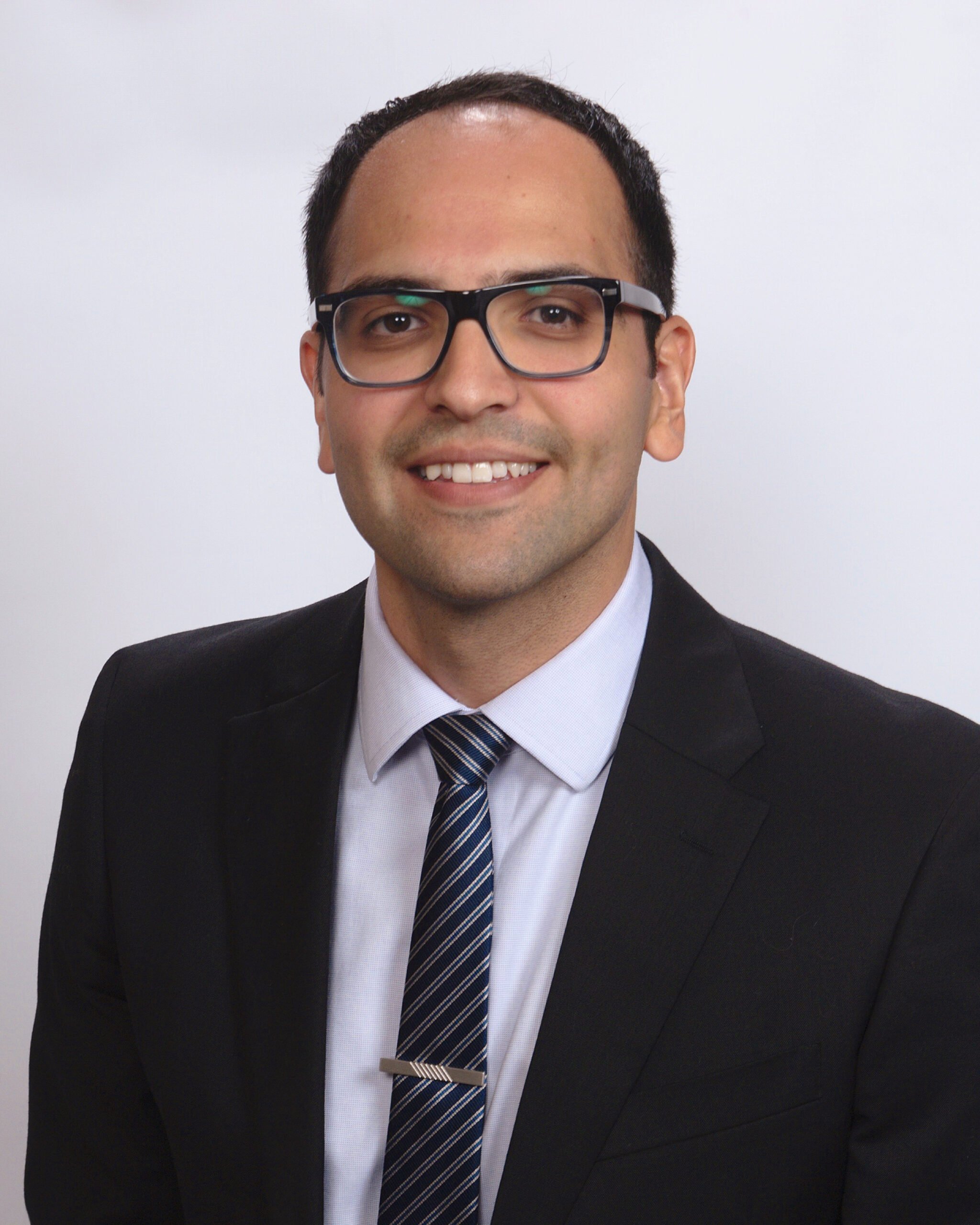
The opiate epidemic continues to be a frontline issue for healthcare systems across the country. The American College of Physicians (ACEP) Emergency Quality (E-QUAL) Network, through its Opioid Initiative Goal, strives to promote the implementation of alternatives to opioids, improved opioid prescribing safety, and adoption of harm reduction strategies such as naloxone prescribing and medication-assisted therapies (MAT). In a two-part series of the ACEP E-QUAL Network Podcast, host Dr. Jason Woods discussed buprenorphine initiation after an opioid overdose in the Emergency Department (ED) with Dr. Andrew Herring, Associate Director of Research and Medical Director of the Substance Use Disorder Treatment Program at Highland Hospital in Alameda County California. Below are show notes reviewing basic concepts of buprenorphine and recommendations for dosing in the ED.
Where do I get a DEA X-waiver?
With the rising interest in MAT, several programs are beginning to provide increased access to training and certification. ACEP will be working in partnership with the Providers Clinical Support System to provide online training. Dates can be found here .
What do I need to know about buprenorphine?
Buprenorphine is a potent opioid that is used to treat pain and for MAT in opiate use disorder (OUD).
Buprenorphine is slow to bind opiate receptors but has a high enough affinity that it can outcompete other opiates like fentanyl and methadone, and can even outcompete naloxone.
Buprenorphine has a ceiling effect in analgesia and respiratory depression that makes cumulative and higher initial dosing relatively safe.
Who is buprenorphine right for?
Buprenorphine as MAT for OUD is intended for clear stories of an opiate overdose not complicated by additional medical or social factors.
The ideal patient is one that is beginning to experiencing withdrawal symptoms of mild to moderate severity following reversal with naloxone or due to absence of use. The patient should be awake and alert enough to participate in shared decision-making about the initiation of therapy.
It is best to initiate buprenorphine while patients are experiencing some degree of withdrawal so that the agonist effects produce a net-positive feeling, providing patients with a sense of relief and comfort likely to strengthen motivation for continued engagement.
Buprenorphine should not be given to patients who are already on methadone, as this could lead to worse withdrawal reactions. It should also be avoided in patients who appear “sick,” suggesting underlying metabolic or infectious processes, intoxication, or co-ingestion. It should not be used as primary therapy for severe withdrawal.
Although studies have demonstrated utility for validated scoring systems to assess withdrawal severity, it is sufficient to evaluate a patient’s overall clinical appearance and decide to treat based on gestalt.
What is the best dose to initiate buprenorphine treatment?
There is no single agreed-upon dosing regimen. Many X-waiver courses promote a “by-the-book” approach of 2-4 mg every 2 hours to a max of 8 mg on the day of initiation.
Taking into account that prescription medications and street drugs continue to increase in potency, however, starting with small doses may leave the patient continuing to feel symptomatic and discourage use. The goal of treatment should be to create a positive experience that will facilitate continued MAT.
Evolving dosing regimens recommend taking into account the patient’s level of use to determine an initial dose. Data supports that individuals are rather good about classifying themselves as light, medium, or heavy users.
- Light user: 4 mg
- Medium user: 8 mg
- Heavy user: 16 mg
If the decision is made to start on the lower end, a commitment should be made to re-evaluate the patient 30 minutes after the first dose to determine the need for additional medication. Avoid leaving your patients suffering in continued withdrawal.
Remember, even though the patient may end up in a good place, the initial displacement of the opiate or reversal agent may inherently cause discomfort or pain as the opiate receptor is unbound.
What issues remain?
Improved reversal practices and more appropriate dosing of reversal agents will improve the patient experience as triggered withdrawal symptoms can be lessened in severity. There exists a large variability in the amount of naloxone given by pre-hospital and ED providers.
Interested in more of the ACEP-EQUAL Podcast?
Author information
The post ACEP E-QUAL Podcast: Buprenorphine After Opiate Overdose appeared first on ALiEM.

